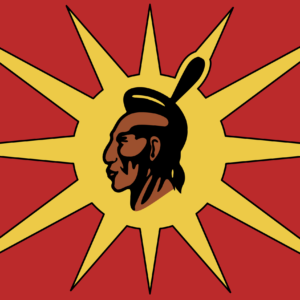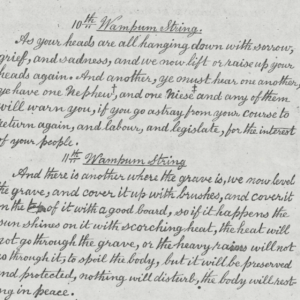
Love is what has inspired some of the greatest works of art and the greatest written tragedies through songs and poems for the past millennia.
And through that, many of us have learned that the most righteous form of love is unconditional and even barrier breaking.
A form of that love can be seen in films such as West Side Story, La Bamba and Fools Rush In, whereby cultural differences and skin colour come into play for those romantically involved. In nearly all stories that are seen in the perpetuated mainstream of this though, love conquers all.
Because of this mindset that the western world has with love, there have been many misconceptions about what love really is and can be. Let’s not forget 90 Day Fiancé on TLC.
So the issue that continuously returns when the topic of dating for Haudenosaunee people comes about is the concept that our people are inherently racist when it comes to dating.
There have been many conversations had whereby non-Native people will say “that’s not right,” or “you can’t teach your kids not to love someone,” when they find out that many of our people tell their children that they should “keep within their own kind.”
And that’s a lovely sentiment, to tell those children that what their parents are teaching them isn’t right and that love should be free and flowing no matter a person’s skin or blood.
But that’s not really what it’s all about.
You see, as an indigenous person, we have cards that prove our “indian status,” and to have that status we have to maintain a certain percentage of indigenous genetics.
Basically, the entire race of indigenous people have to prove that they are in fact indigenous by governmentally provided cards, rather than freely being who they are like the rest of the world. So we carry around these cards that prove that our lineage is closely indigenous because if we don’t, to the government we are no longer indigenous.
And these cards as well, have band numbers that are associated more often than not with the fathers lineage despite many indigenous nations being matrilineal, like the Haudenosaunee. An example of this would be an individuals status card saying Upper Mohawk, but traditionally they are Cayuga because their mothers mothers were Cayuga.
Anyhow, with the indigenous genetics, a person has to have 25-50 per cent indigenous blood to be considered indigenous by the government and this measurement is colloquially called blood quantum.
Now, throw dating into all of this and we have a population of people that have to find a partner in an already small pool to maintain that percentage of indigenous genetics so that their kids can inherit status.
This can make for a lot of dysfunction and a lot of needed healing, because more often than not, the dating pool is full of indigenous people that have inherited trauma, the aftermath of abuse and so much more from their ancestors that lived during the worst parts of colonization. Which again, isn’t as far into the past as we would like to think — the last residential school shut down in 1996.
The negative statistics that follow current indigenous families like poverty, abuse of all kinds and substance addiction is directly correlated to this really unhelpful and isolating system. This system does not promote healing or health in any way and the statistics are proof.
As well, if the descendants do not date within their own, they are looked at as not thinking ahead for the future generations and being irresponsible for their blood line as a whole. This, especially in our case as Haudenosaunee, is a much harsher judgement if it involves the decision of a woman.
So if an indigenous person starts a family with a non-native person, their children are then 50 per cent or a bit lower. If their children choose to start a family with a non-native person, their children are then 25 per cent or lower. And if their children’s children do the same, their children will no longer carry status at all — despite knowing their language, culture or traditions, or having the “look” of being indigenous.
That’s brings us to the next point; the more non-Native a person looks while living on reserve the more they are subjected to ostracization, and if they are in school on reserve, they are often subjected to bullying based on their appearance alone.
Thus, rather than looking at the decisions indigenous parents have to make in regards to what they teach their children as being detrimental and unworldly, understand that there are systems in place that affect the conduct of indigenous people and their choices.
To top that off, let this be a reminder that indigenous people make up a mere 4.9 per cent of the national population in Canada. And if they want their children to be legally considered indigenous, they have to date within that four per cent.






